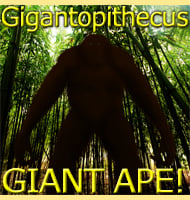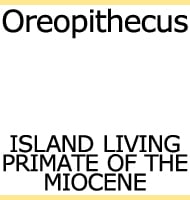Dryopithecus
In Depth Although Dryopithecus is known to have had a broad geographic distribution, it is particularly well known from European countries such as France, Spain and Hungary. Dryopithecus is often associated with the orangutan-like Sivapithecus, however study of Dryopithecus fossils indicate that it was actually very different in life. The main difference between these two … Read more

